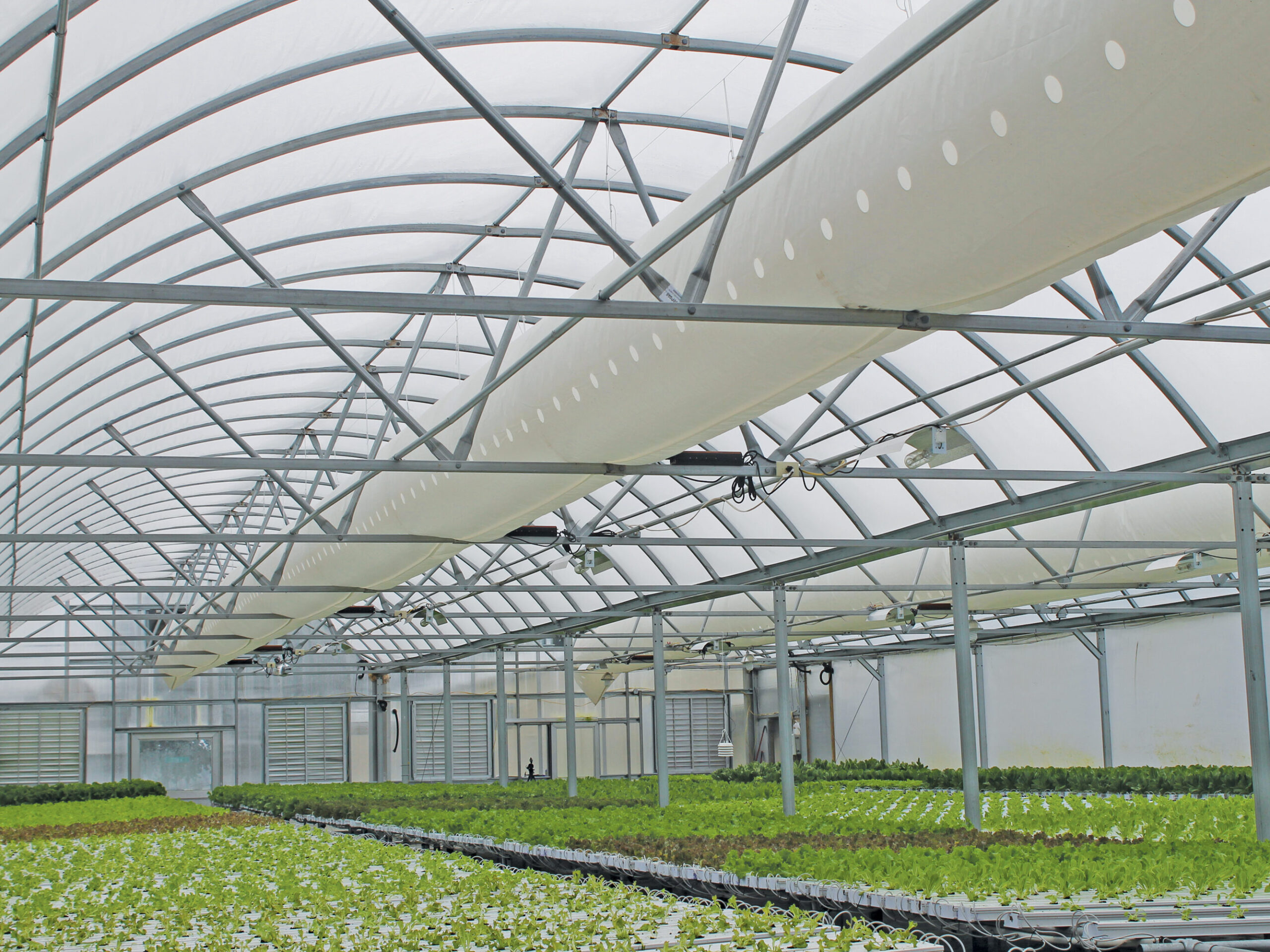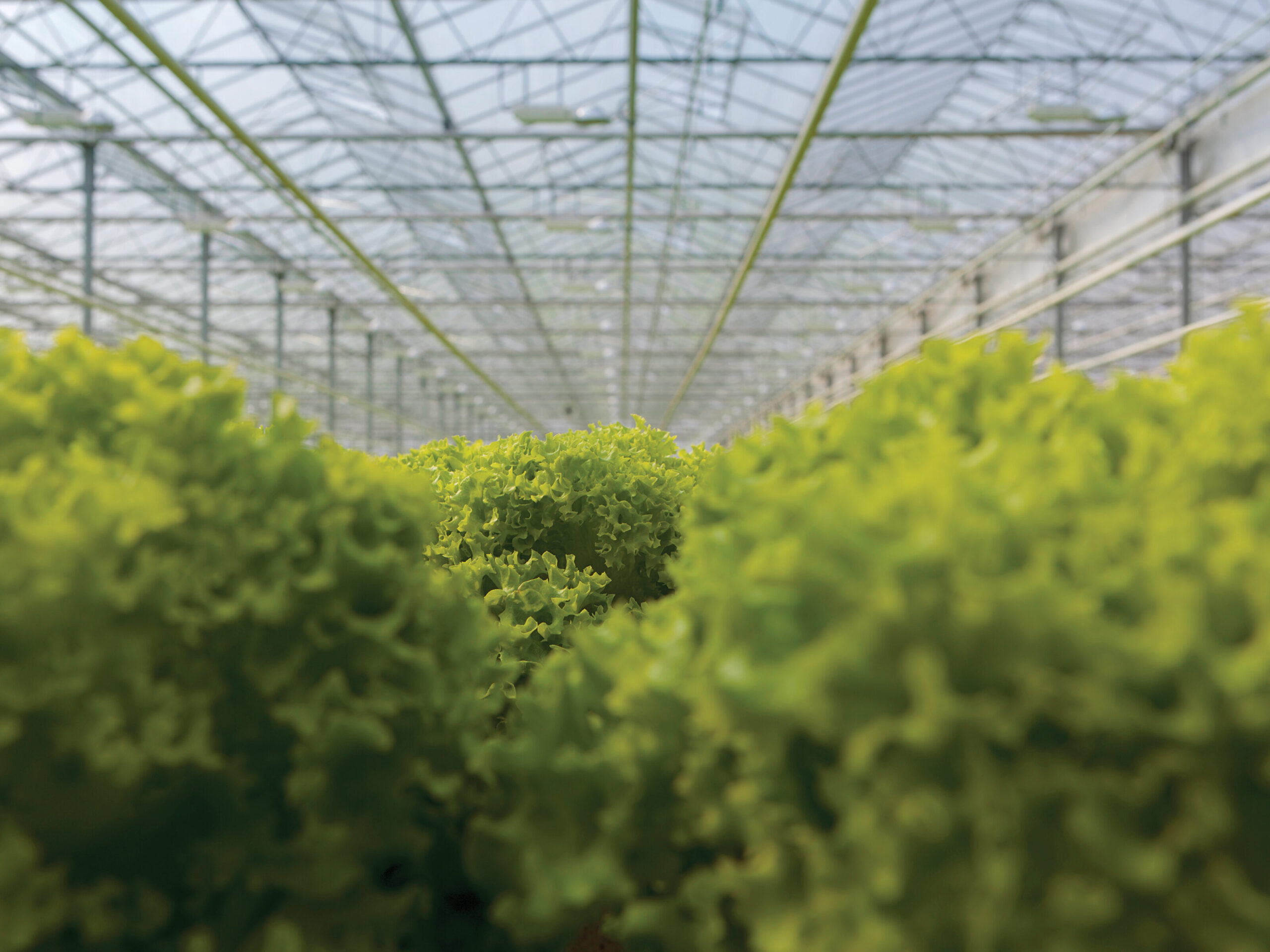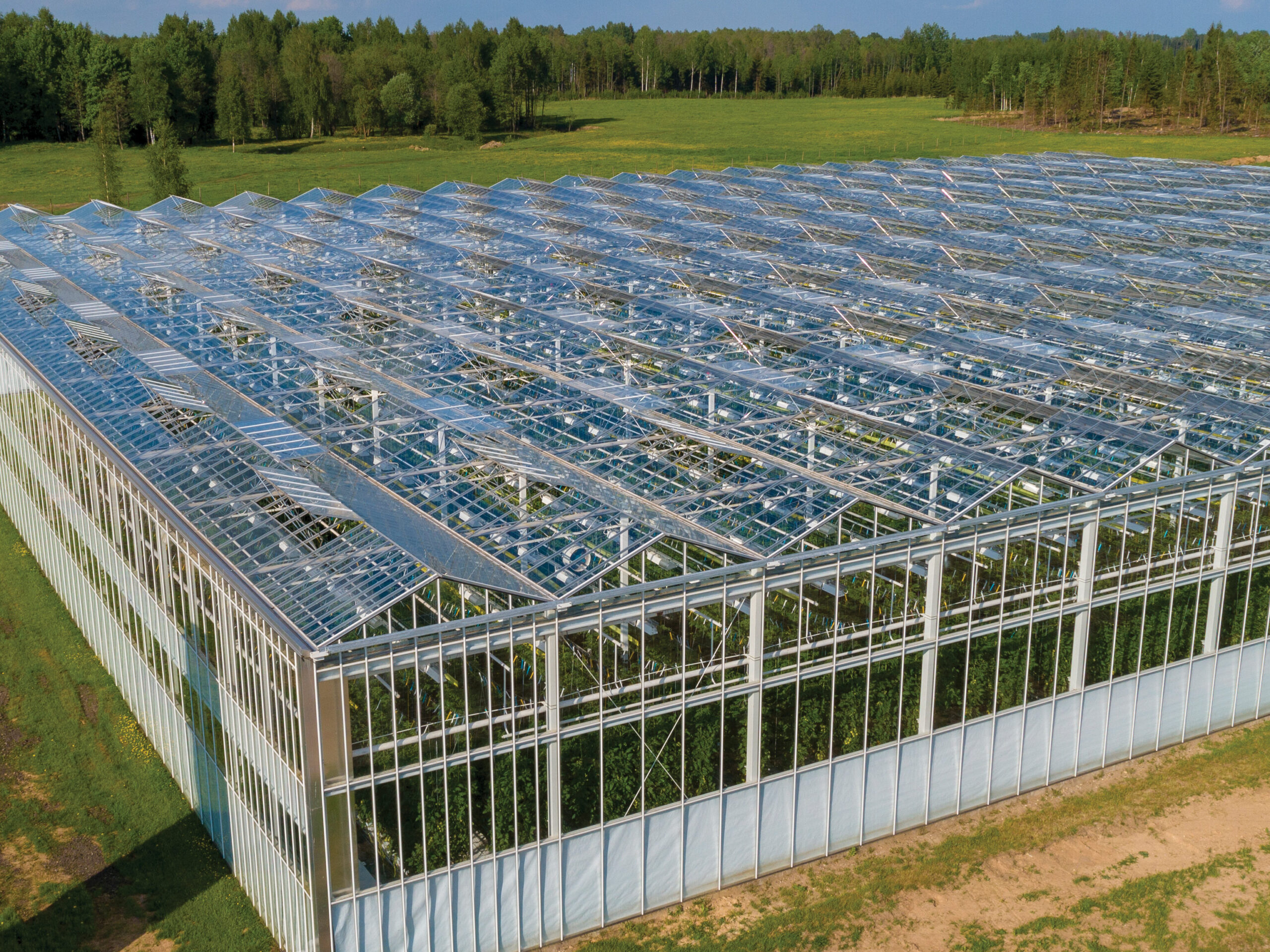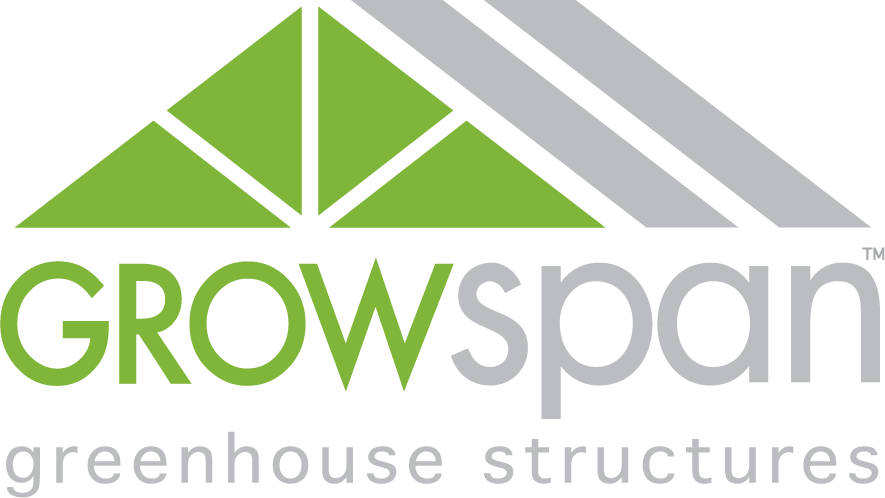Greenhouse Farming And The Future Of Crop Production
Food production and environmental impact continue to be major concerns in not just the agricultural industry, but the world as a whole. According to a study from the University of California, total population is projected to grow to roughly 9.1 billion people by 2050, requiring a 70 percent increase in global food production.
At the same time, agriculture already accounts for nearly 70 percent of the world’s water usage, and in 2022, the EPA (United States Environmental Protection Agency) reported that the agricultural industry produces 10 percent of all greenhouse gas emissions in the U.S. This creates a unique complex, as countries have to find ways to ramp up crop production, without significantly raising their ecological footprint.
In recent years, greenhouse farming has emerged as a viable solution to this predicament. With the latest advancements in growing technology and greenhouse design, these structures are capable of producing more food in far less square footage than traditional outdoor cultivation. A prime example of this is the Netherlands, which despite being smaller than the state of West Virginia, remains one of the largest agricultural outputs in the world through the use of high-tech greenhouses.
By implementing greenhouse farming, particularly with advanced structures like the Venlo Greenhouse, growers everywhere can cultivate high-quality crops year-round with less land and fewer resources. Over time, the result will be a more sustainable and productive industry that’s able to accommodate the growing demands of the future.
How Does Greenhouse Farming Work?
Greenhouse farming is an agricultural practice wherein crops are produced under controlled growing conditions. Greenhouses generally consist of a steel or aluminum frame and are covered with transparent material, like polycarbonate, glass or poly film. These components protect crops from the elements and enable operations to create a more consistent micro-climate, so they can harvest a variety of crops all throughout the year.
Since there are so many different greenhouse designs and sizes available for growers to choose from, greenhouse farming can be approached in a number of ways. Additionally, each operation can outfit their structure with the growing systems and equipment best-suited to their region or production strategy, which gives most greenhouse projects a unique look and feel.

No matter the choice, greenhouse growers should end up with the space they need to maximize their crops per square foot, while simultaneously improving yield quality and reducing waste and overhead.
Sign Up Now To Learn More
Benefits Of Greenhouse Farming - Large-Scale, Sustainable Agriculture
Waste Reduction & Cost Savings Through Automation
Although any greenhouse is a step in the right direction, it’s the ones outfitted with top-of-the-line growing technology making the most headway. By introducing an environmental controller into their structure, operations can automate and control all of their systems through a singular interface. As a result, they’re able to dial in their energy and resource consumption, limiting waste and increasing profitability.
The automated systems growers stand to benefit from the most are irrigation, lighting and climate control.
Through automated irrigation systems, growers are able to put crops on an optimized watering schedule, which prevents excess water usage and takes inefficiencies caused by manual labor out of the equation. Likewise, when growers combine their irrigation and fertigation systems together, nutrients can also be delivered to plants in precise quantities, even on a massive scale.
For the most part, greenhouse farming takes advantage of natural sunlight to facilitate plant growth, but supplemental lighting may still be needed in certain instances. This will depend on various factors, like the requirements of the type of crop being grown, the time of year and the amount of sunlight available to growers.
As those influences change, automated lighting enables operations to maintain optimal growing conditions year-round, while still keeping energy consumption to a minimum. Light fixtures can be programmed to run only when necessary to maximize yield quality, eliminating any risk of wasted electricity usage. Growers can also employ energy-efficient LED’s that consume very little energy, and depending on their state, they can even qualify for state grants and energy incentives that pay for a large portion of their lighting package.

Automation is extremely valuable for managing climate control systems as well, like with growers located in colder climates. During the winter, growers can force their heating system to turn off once a set temperature point has been reached, conserving fuel and increasing profitability.
Growers can also implement energy or shade curtains, which are able to be deployed automatically at set times to help alleviate dependency on climate control systems. At night, energy curtains are used to trap heat inside the greenhouse and mitigate heating requirements, whereas shade curtains work to block sunlight and help lower greenhouse temperatures on hot summer days.
Greater, More Efficient Production Year-Round
To run these systems at maximum efficiency and help crops reach their full potential, it’s important that operations pair their growing equipment with a high-quality greenhouse design. When done correctly, greenhouse farming allows these growers to continue production in any season, regardless of the weather conditions outside. This uninterrupted growing schedule ensures operations can maximize their output over time, achieving larger volumes of crops than their outdoor counterparts.
Cladding plays a key role in a greenhouse’s design, helping operations get the most performance out of their greenhouse technology. While outdoor fields are fully exposed to direct sunlight and unfavorable weather, a structure that’s equipped with high-quality cladding produces exceptional levels of light transmission and diffusion, as well as valuable UV protection. This aids crops in photosynthesis and offers a layer of protection from harsh sunlight or damaging weather.
Cladding also contributes to a commercial greenhouse’s overall energy-efficiency, making it easier for operations create their ideal controlled environment, without spending a fortune to do so. Cladding with a high thermal-efficiency rating, like twin-wall polycarbonate or multi-pane glass, provides excellent insulation and allow growers to run their climate control systems for shorter durations. By decreasing the need to turn on heating and cooling equipment, growers can limit their carbon footprint, without having an impact on crop quality.
In addition, greenhouse farming helps eliminate a variety of common issues faced in agriculture, like the occurrence of pests and disease. With an appropriate plan in place for IPM (Integrated Pest Management), fewer plants inside a structure will be damaged, and growers can get more valuable crops to market.

Subsequently, they can also avoid using chemical pesticides, a commonplace practice in outdoor cultivation that frequently harms the surrounding environment. According to the National Library of Medicine (NLM), insecticides tend to be the most toxic class of pesticides, and can cause severe damage to soil, water, vegetation and other organisms, like birds or fish. Instead, many greenhouse farming operations take advantage of biological control, wherein growers introduce natural predators of common pests to manage and prevent contamination.
In the end, outdoor cultivation will likely always have its place in the agricultural industry. But, as the demand for food and environmental consciousness grows, greenhouse farming is proving to be a more reliable, sustainable approach to global crop production.
For more information or to get your greenhouse farming operation started, call or Request a Quote today.
Related ARticles
The Benefits Of An Automated Greenhouse In Commercial Growing
Getting a reliable structure with the right growing equipment is a good start, but to truly optimize their greenhouse, commercial growers need to incorporate automation.
Growing Smarter: An Overview Of A Hydroponic Greenhouse
For growers looking to implement a hydroponic greenhouse in their operation, they’ll first need to gather information and explore all their options.
A Climate Controlled Greenhouse Is The Ideal Setting For Controlled ENvironment Agriculture
When growers employ a climate controlled greenhouse for controlled environment agriculture, they can give their business, and profits, the much needed boost they’re looking for.
THE MOST IMPORTANT BENEFITS OF A GREENHOUSE
Whether it’s an established business looking to improve production or an operation that’s just starting out, greenhouses can help any grower sustain long-term success.

